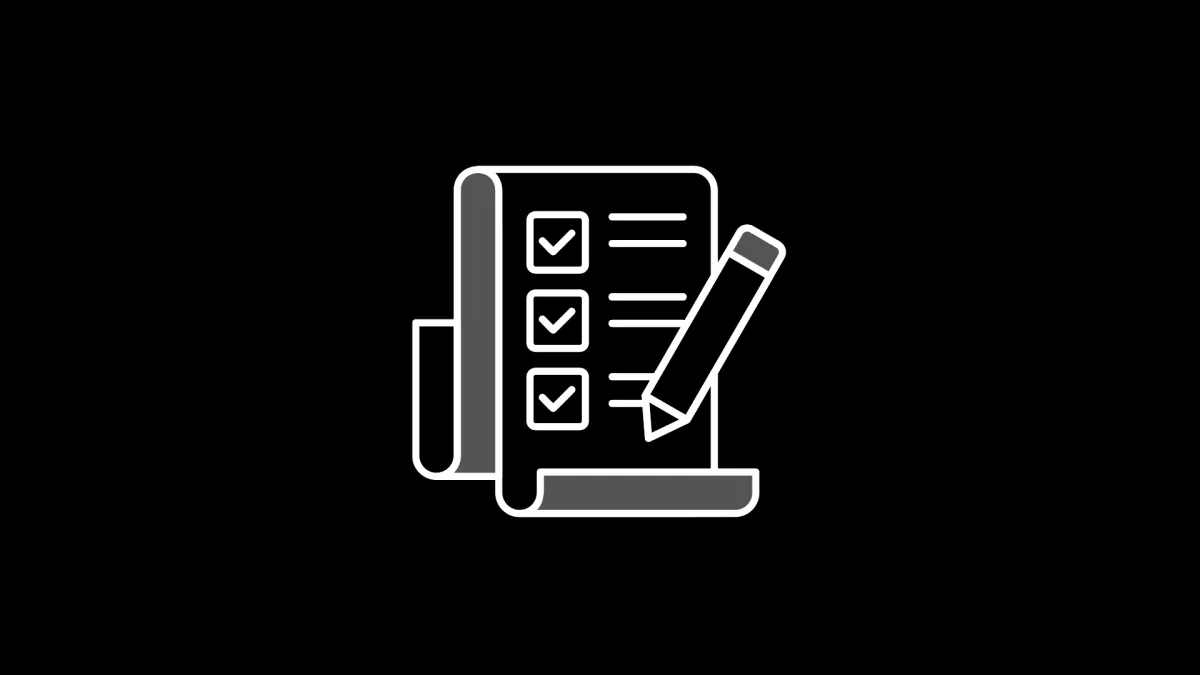Top Load Balancing Techniques for Smooth Web Server Performance
Learn how load balancing keeps your web server running smoothly. Explore techniques like reverse proxy, DNS load balancing, and session persistence. Discover tools like Nginx and HAProxy, and master best practices for reliability, scalability, and high traffic handling.

Table of Contents
- Introduction
- What is Load Balancing?
- Types of Load Balancers
- Key Load Balancing Algorithms
- Load Balancing Techniques
- Advanced Load Balancing Features
- Popular Load Balancing Tools
- How to Implement Load Balancing
- Best Practices for Load Balancing
- Common Mistakes to Avoid
- Monitoring and Troubleshooting Load Balancers
- The Future of Load Balancing
- Conclusion
- FAQs
Web servers are the backbone of the internet, but they can crumble under heavy traffic if not managed properly. That’s where load balancing comes in—a vital technique to ensure your server remains fast, reliable, and secure, no matter the traffic volume. Let’s explore the best load balancing methods to keep your web server running like a dream.
Introduction
Why Load Balancing is Essential for Web Servers
Imagine hundreds or thousands of users hitting your website at the same time. Without a way to distribute that load, your server could slow down or even crash. Load balancing ensures that no single server gets overwhelmed, improving uptime and performance.
Common Challenges Without Load Balancing
- Server Overload: Too many requests to a single server can cause slowdowns.
- Downtime Risks: Without redundancy, a single point of failure can take your site offline.
- Inefficient Resource Use: Some servers may sit idle while others are overworked.
What is Load Balancing?
Definition and Purpose
Load balancing is the process of distributing incoming traffic across multiple servers to optimize resource use, ensure reliability, and prevent overloads.
How Load Balancers Work
Load balancers act as traffic managers. They route requests to the best available server based on predefined algorithms or real-time conditions.
Types of Load Balancers
Hardware Load Balancers
- High-performance physical devices used by enterprises.
- Extremely reliable but expensive and less flexible compared to software options.
Software Load Balancers
- Cost-effective and highly customizable.
- Examples include Nginx and HAProxy, which can run on standard servers.
Cloud-Based Load Balancers
- Hosted by cloud providers like AWS or Azure.
- Scalable and easy to deploy, perfect for modern web apps.
Key Load Balancing Algorithms
Round Robin: Equal Traffic Distribution
- Sends requests to each server in a sequential order.
- Simple and works well for similar server configurations.
Least Connections: Handling Dynamic Loads
- Routes requests to the server with the fewest active connections.
- Ideal for handling uneven traffic loads.
IP Hashing: Client-Based Routing
- Uses a client’s IP address to assign them to a specific server.
- Great for maintaining session persistence.
Load Balancing Techniques
DNS Load Balancing: Global Traffic Distribution
- Distributes traffic at the DNS level, sending users to the nearest or least busy server.
Reverse Proxy Load Balancing: Combining Security and Scalability
- Acts as an intermediary between users and backend servers, offering both load balancing and added security.
Session Persistence: Keeping User Sessions Intact
- Ensures users stay connected to the same server during a session, essential for e-commerce and logged-in experiences.
Advanced Load Balancing Features
Health Checks: Monitoring Server Availability
- Periodically checks server health to ensure requests are only sent to servers that are online and functioning properly.
SSL Termination: Offloading Encryption for Faster Processing
- Decrypts SSL traffic at the load balancer to reduce the workload on backend servers.
Auto-Scaling with Load Balancers: Dynamic Resource Allocation
- Automatically adds or removes servers based on traffic demand, ensuring consistent performance.
Popular Load Balancing Tools
Nginx: The Versatile Reverse Proxy
- Lightweight and powerful, ideal for both small and large-scale setups.
HAProxy: High-Performance Load Balancing
- Known for its reliability and ability to handle massive traffic volumes.
AWS Elastic Load Balancer: Cloud Scalability Made Easy
- Automatically distributes traffic across multiple instances in the cloud.
How to Implement Load Balancing
Setting Up Load Balancing with Nginx
- Install Nginx and configure upstream servers in the configuration file.
Configuring HAProxy for High-Traffic Environments
- Define backend servers and routing rules in HAProxy’s config file for precise traffic management.
Using Cloud-Based Solutions like AWS and Azure
- Integrate with their built-in load balancers for a hassle-free, scalable solution.
Best Practices for Load Balancing
- Choose the Right Algorithm: Match your traffic type to the best load balancing method.
- Ensure High Availability: Use failover mechanisms to prevent downtime.
- Monitor Regularly: Continuously check the performance and adjust configurations as needed.
Common Mistakes to Avoid
- Overloading a Single Load Balancer: Always plan for redundancy.
- Ignoring Security: Properly configure firewalls and SSL to secure your setup.
- Misconfiguring Session Persistence: Ensure session persistence is applied only when necessary.
Monitoring and Troubleshooting Load Balancers
Tools for Real-Time Monitoring
- Use tools like Zabbix, Prometheus, or cloud dashboards to track performance.
Identifying Bottlenecks and Resolving Issues
- Look for servers consistently receiving more traffic and adjust routing rules or server configurations accordingly.
The Future of Load Balancing
Integration with AI for Smarter Traffic Distribution
- AI-driven load balancers can dynamically adjust traffic based on predictive analytics and real-time usage patterns.
Edge Computing and Its Impact on Load Balancing
- Distributed edge servers are becoming a crucial part of load balancing, reducing latency for end users.
Conclusion
Load balancing isn’t just a nice-to-have—it’s a necessity for any serious web server setup. By using the right techniques, tools, and best practices, you can ensure your web server stays fast, reliable, and ready for any traffic surge. Whether you’re running a small business website or a global streaming platform, load balancing is your secret weapon for smooth server performance.
Got questions? Let me know, and I’ll help you out!
FAQs
What is load balancing, and why is it important?
Load balancing distributes incoming traffic across multiple servers to prevent overload, ensure uptime, and improve performance.
What are the main types of load balancers?
The three main types are hardware load balancers, software load balancers (like Nginx and HAProxy), and cloud-based load balancers (like AWS ELB).
How does DNS load balancing work?
DNS load balancing distributes traffic by resolving a domain name to multiple IP addresses, directing users to the nearest or least busy server.
What is the difference between Round Robin and Least Connections algorithms?
Round Robin distributes traffic evenly among servers, while Least Connections sends traffic to the server with the fewest active connections.
Why is session persistence important in load balancing?
Session persistence ensures that users stay connected to the same server during a session, which is critical for applications like online shopping or logged-in experiences.



